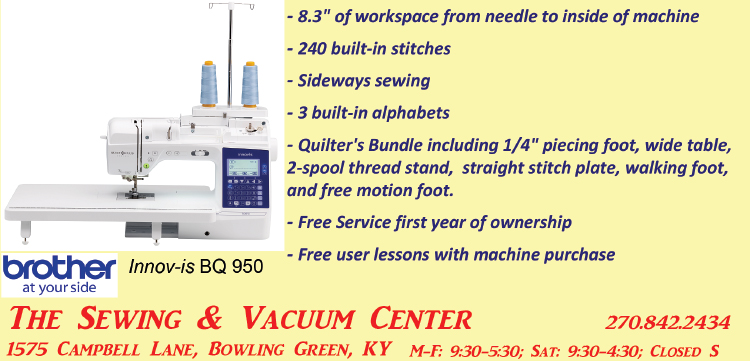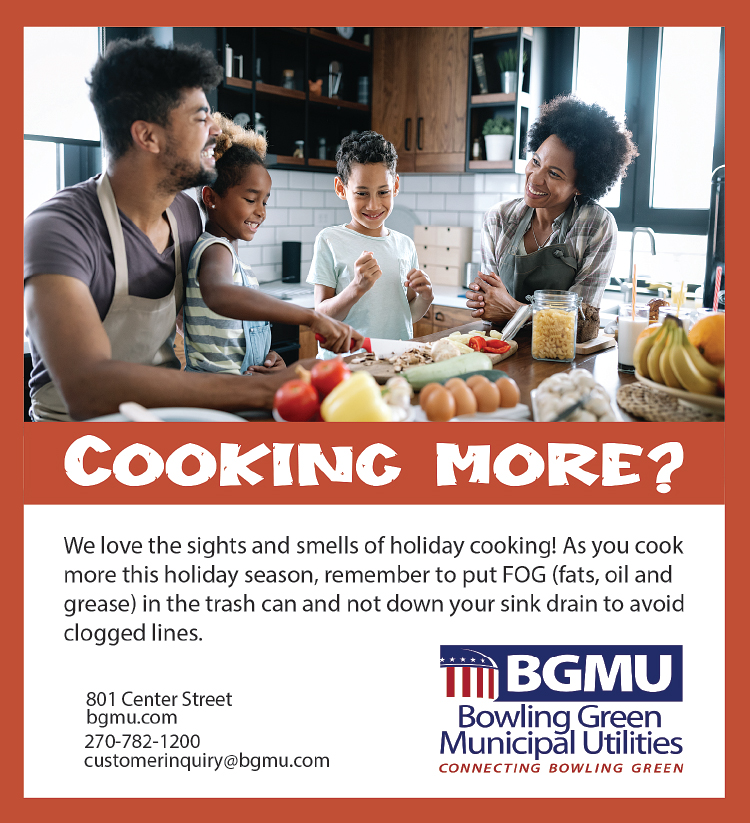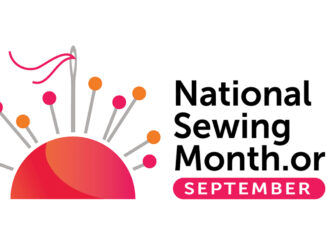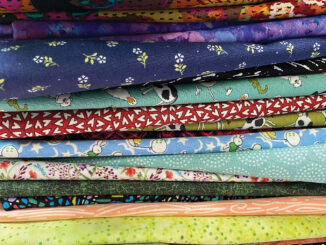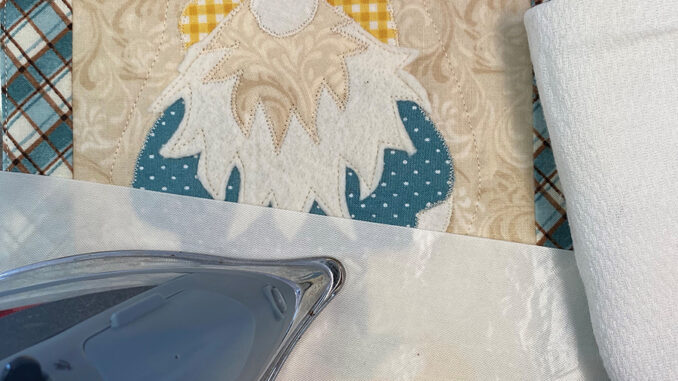
Pressing is an integral part of any type of sewing, from garments to quilts. Pressing properly, with the right equipment, adds the final finish to your project. Although many think that pressing and ironing are the same thing, there is a difference. Ironing is a back and forth motion used to get rid of wrinkles in clothing or backing. I might iron my quilt backing before basting to make sure that it’s wrinkle-free. Pressing uses and up and down motion with the iron to shape and/or flatten seams. Pressing can be done with steam or with a dry iron. Good pressing is essential in clothing construction as well as in quilting.
The first item to consider when adding pressing equipment to your sewing room is the iron. Invest in a good quality iron with some “weight” and a good steaming ability. Most irons today have an auto-shutoff which is a good safety feature. Look for an iron with an easy-to-fill water tank, and also determine if tap water or distilled water is recommended. Make sure the sole plate is easy to clean, as working with various fabrics and finishes can cause buildup on the iron’s plate. Serious sewers may want to consider an ironing system with either a steam generator or gravity-feed water system. These are at the high end of pricing for irons but can last many years.
Next is the ironing board. Choose an ironing board with plenty of openings in the top to allow steam to penetrate. For best results, use a cotton ironing board cover to allow steam to penetrate the fabric you are working with.
Many fabrics press better with an application of a starch or stiffening solution to either remove wrinkles or help stabilize the fabrics. One of the products I work with is Best Press, which gives a light body to the fabrics and helps prevent stretching as I am handling the fabric during a sewing project. Best Press is a starch alternative and doesn’t leave residue or scorch as can happen with spray starches. Mister bottles are also popular to use with these sizing sprays, as they produce a finer mist than the original container, and the spray will last longer!
Press cloths/teflon sheets are also useful in pressing. Press cloths are made of cotton and placed over the fabric being pressed to prevent shine or scorching. Teflon sheets are great for the sewing room when using fusible webbing for appliqué. The excess glue will stick to the teflon sheet and can be easily removed. The sheet will save your ironing board cover and soleplate from getting the webbing accidently adhered to them!
Wool mats have become very popular in the last several years for pressing. The wool will slightly grip your fabric (useful for square up blocks with steaming) to help prevent stretching your fabric and absorbs some of the moisture from the steam. Mats are available in various sizes and one company makes one that will replace your ironing board cover!
A seam roller is a handy tool to have next to the sewing machine. If you need to quickly press a short seam before attaching another piece, the seam roller can flatten your seam and you are ready to stitch! These rollers are especially useful for appliqué and paper piecing.
Other pressing supplies useful for the sewing room include the pressing ham and sleeve roll for garment construction. Both have been used for years. The pressing ham is shaped similar to a ham and is great for shaping curved areas of garments. The sleeve roll helps in pressing open seams without creating creases. A wooden clapper is also helpful for open seams. After pressing the seam open, place the clapper on the seam to absorb some of the heat and the weight will help to produce a crisp seam.
Pressing is an essential part of the sewing/quilting process and having the right equipment will ensure that your project will look and perform well.
-submitted by The Sewing & Vacuum Center

